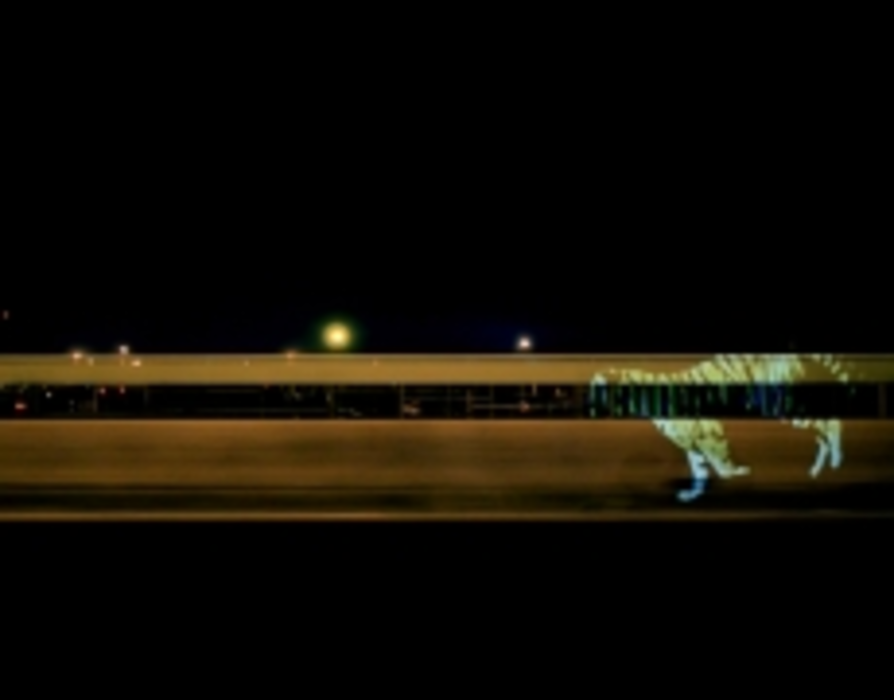When Foldit was first released in 2008, the online game challenged users to solve a series of complex 3D problems built around intricate structures with multiple layers. These models were based on protein structures and the gamers’ problem-solving efforts have since helped to revolutionize the way medical researchers look at amino acid chains.
We can hardly expect every digital game or collaborative problem-solving effort to hold the same awe-inspiring effect as Foldit — but there’s something to be said about incorporating our human experiences into the digital environment as we continue to explore new technologies.
The Starfield installation by Lab212 is a wonderfully effective example of how motion-sensor technology can be used to emulate nature. Using openFrameworks and Kinect software, the installation allowed participants to sit on a swing underneath an interactive galaxy of stars while controlling the view of the night sky by how high or fast they swung.
Meanwhile, Le3 Paris took to the streets by setting a digital tiger loose in Paris. This creative project, titled Golden Tiger, enabled them to try out new street mapping and 3D projection tools.
With the increasing sophistication around interactive technology comes a new pool of projects attempting to replicate our natural environment. Like the Starfield installation, Japanese artist Ryoichi Kurokawa’s Octfalls is a strong example of one such literal interpretation. Octfalls was created as part of the 54th Venice Biennale and it is an installation that recreates a waterfall through HD screens and a series of complex audio loops. The audio loops are arranged to challenge the audience’s sense of perception and to allow them to experience a highly stylized digital version of what it’s like to stand by a waterfall.
Not surprisingly, members of the younger generation are also turning to the digital space to try out new methods of learning and communication. Inspired by their seventh grade science teacher’s size comparison videos on cells, 14 year-old twin brothers Cary and Michael Huang created an interactive and scalable view of the universe that shows users a visual comparison between items ranging from atoms to the Andromeda Galaxy.
As we evolve within the digital environment, it is only natural that we continue to incorporate elements from our physical surroundings to help us explore this new world. While only some of the projects will lead to incredible opportunities such as Foldit, they will all provide countless means of creative expression. And that can’t be a bad thing.
Kumiko Ide is a digital strategist at Tribal DDB Vancouver.
Return to Direct by Design.








